Tessa’s Recipe Rundown
Taste: Sweet, nutty, and delicious.
Texture: Perfectly crunchy with a slight candy chew.
Ease: Just 3 ingredients and 15 minutes prep and cook time.
Pros: Such a fun DIY!
Cons: None.
Would I make this again? Absolutely, I like to make a double batch and sprinkle them on everything I bake for weeks.
This post may contain affiliate links. Read our disclosure policy.
I adore toffee.
Like butterscotch, toffee seems to be caramel’s forgotten cousin. To me, it deserves as much adoration as caramel. Maybe more!
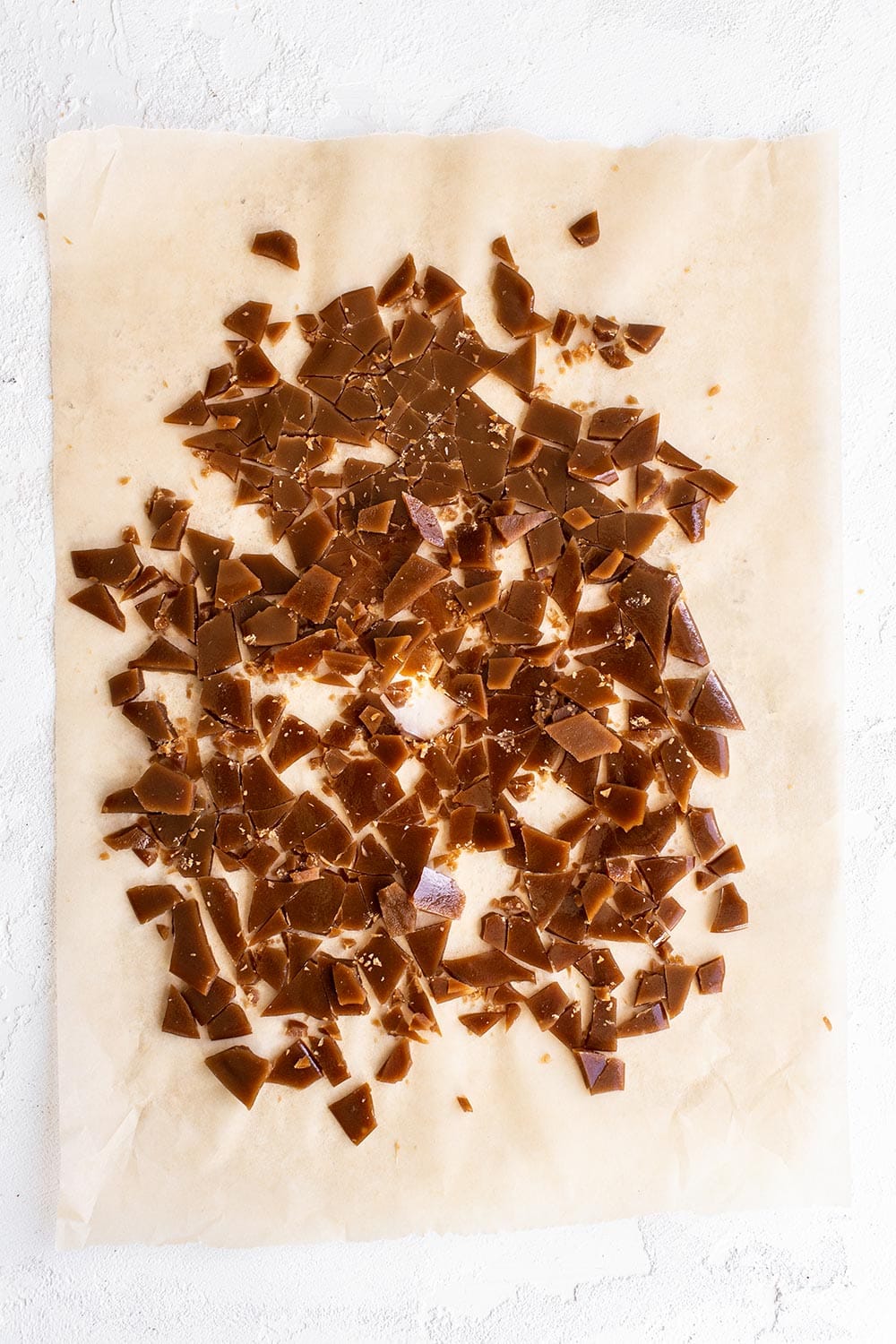
As much as I love a buttery toffee recipe on its own, my favorite is when it’s added to something already delicious.
It’s the perfect addition to a chocolate chip cookie, blondie, brownie or even banana bread. Or sprinkle the toffee on cupcakes, French toast, or ice cream. Plus, you likely already have the simple ingredients on hand to make it from scratch.
Bonus: this toffee recipe is also a great treat for giving as delicious holiday gifts during the holidays or Christmas!

Sprinkle of Science
How to Make Homemade Toffee Bits
What is Toffee?
Toffee is a crunchy, sweet, buttery, cooked sugar candy, similar to caramel and butterscotch. These three classic dessert components seem very similar – so how do they differ?
- Caramel: Based on white granulated sugar. Typically, butter, milk/cream, and vanilla are added for flavor and to produce a thick, creamy caramel. Caramel can be heated less for a sauce consistency, longer for a chewy soft caramel, or even longer for a crunchier hard caramel. I have a recipe for caramel sauce here.
- Butterscotch: Similar process to caramel, but made with brown sugar instead of granulated white sugar. Cream and vanilla are also often added. I have a recipe for butterscotch sauce here.
- Toffee: Just like butterscotch, toffee starts with brown sugar – but the difference between butterscotch and toffee is the temperature it’s heated to. Toffee is cooked longer to a much higher temperature – all the way to the ‘hard crack’ stage. This means that toffee will harden completely as it cools, and can then be cut or broken into pieces, to be added to other delicious desserts, or simply enjoyed by itself!
What are Toffee Bits?
Just what it sounds like! Bits of crunchy sweet toffee, chopped or broken into pieces about the same size as chocolate chips.
Can’t You Just Buy Toffee Bits?
Yes, you can buy them in the baking aisle under the Heath brand. However, they can be difficult to find in some regions and stores. Additionally, many stores only carry chocolate-covered toffee bits, which you may not always want.
But trust me, this homemade toffee recipe is even tastier than the Heath version! Plus, no preservatives or artificial flavors in these homemade sweet morsels!
Only 3 Ingredients Are Needed for Homemade Toffee Bits:
- Butter (make sure to use American unsalted butter – European butter has too much butterfat and the toffee will separate)
- Light brown sugar
- Salt
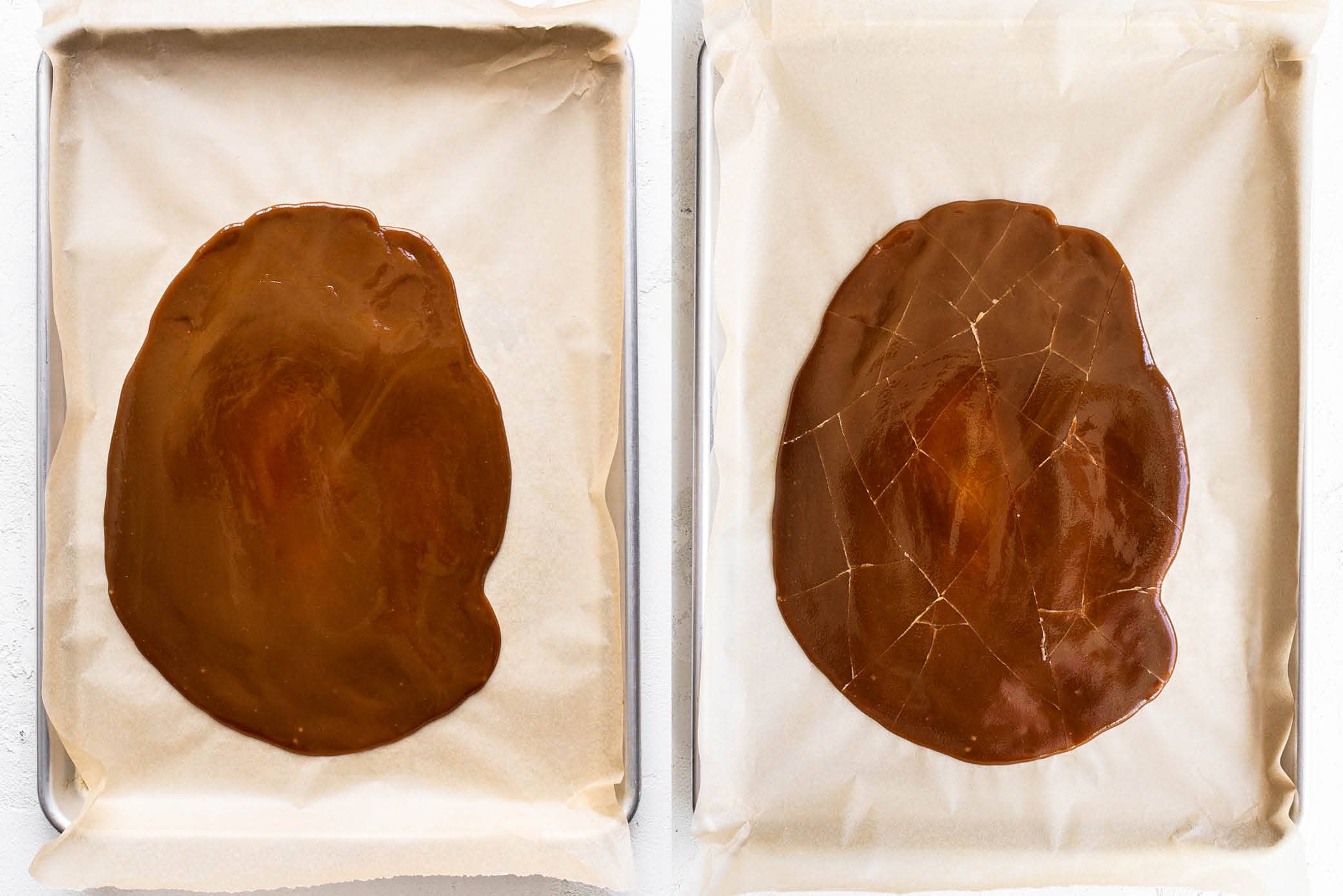
Why American-Style Butter Only?
European-style butter (such as Kerrygold) contains a higher butterfat percentage, compared to American-style butter. This lack of water content in European-style butter results in the toffee separating, and/or refusing to set fully. Any butter over 80% butterfat will cause these issues and unfortunately, we have yet to find a way to make this recipe work with butter containing higher percentages of fat. If you are successful in creating a hard toffee using European-style butter, please let us know in the comments below.
How to Make DIY Toffee Bits From Scratch:
- Line a baking sheet with parchment paper.
- In a small saucepan, melt the butter. Then, add the sugar and salt and whisk until combined. Continue whisking for about 10 minutes, or until the mixture looks like melted peanut butter (reference the picture below). Make sure it doesn’t stick to the bottom of the pan or pot.
- Pour the toffee onto the prepared baking sheet pan, allowing it to spread. Let cool for about 20 minutes.
- Use a mallet, rolling pin, or heavy object to crack the batch of toffee into small bits.
- You can now use your toffee pieces to amp up the flavor in cookies, brownies, streusel toppings, sprinkled on top of vanilla ice cream, you name it!
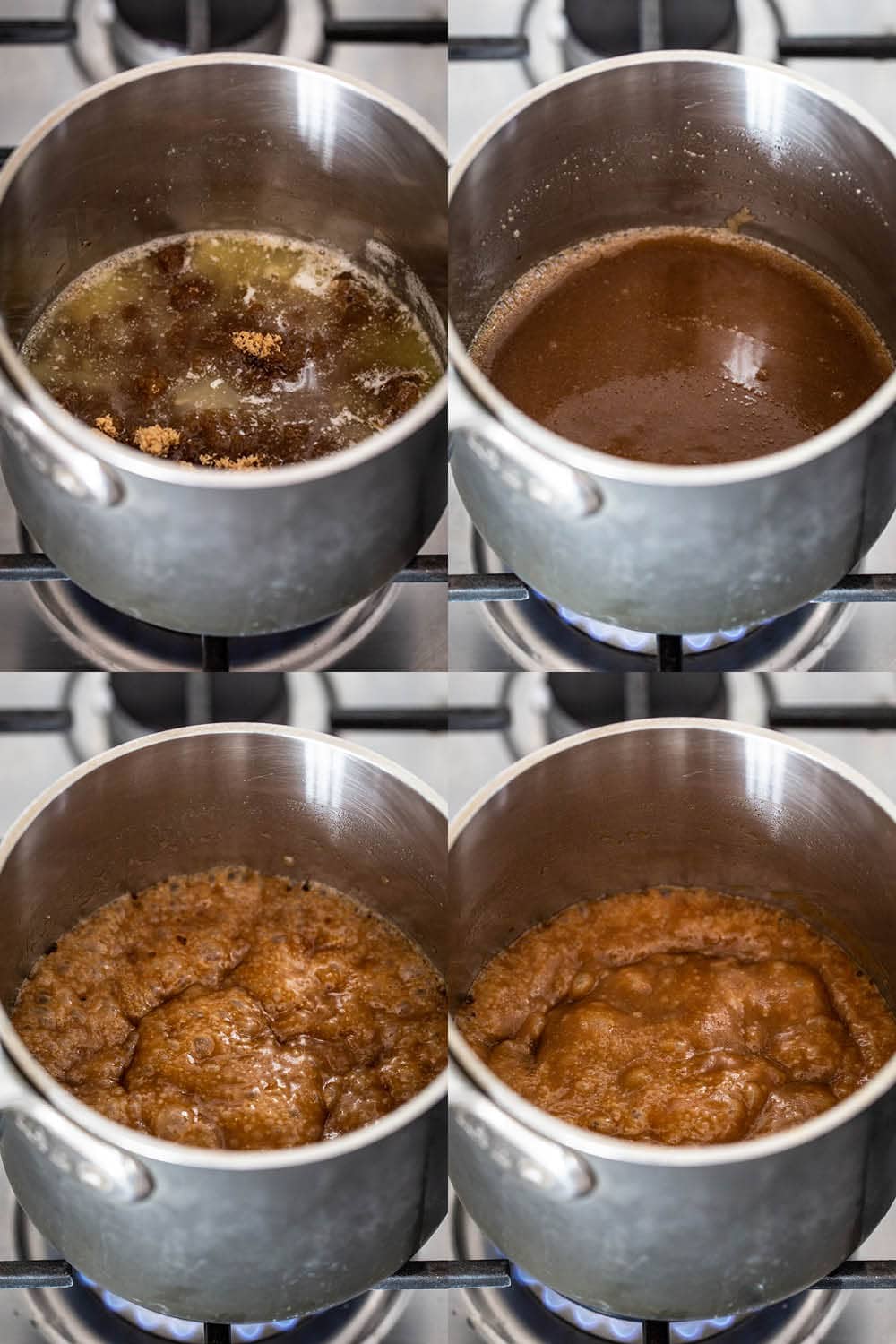
Tips for Making Toffee:
- Before you start the recipe, line a rimmed cookie sheet with parchment paper or a silicone mat. It’s best to do this first because you will need to pour the finished toffee onto the prepared pan immediately.
- If your toffee burns on the bottom or you’re having trouble with the toffee separating (and you’re using American-style butter!), try a thicker-based heavy saucepan. Pans with thinner bottoms will heat too aggressively and may cause separation or scorching.
- Never step away from the toffee while it’s on the stove. It can burn quickly.
- Do not try to touch or taste the sugar while it’s cooking, as it will be extremely hot.
- Separated toffee can sometimes be saved by removing the saucepan from the heat and whisking vigorously until it comes back together into a smooth mixture.
- A candy thermometer is so helpful in making toffee. This is my favorite candy thermometer.
- Make sure to let the toffee cool completely before you break it into bits and store it.
How to Store Toffee Bits
Once cooled and cut or broken into pieces, freeze in an airtight container or zip-top bag for up to 3 months. Allow to thaw at room temperature before enjoying or adding to cookie dough, streusel or other baked goods.
Recipes Using Toffee Bits:
- Browned Butter Toffee Chocolate Chip Cookies
- Chocolate Coffee Toffee Crunch Muffins
- Salted Caramel Toffee Cupcakes
- Caramel Apple Streusel Pie
- Toffee Brownies

Become a Baking Genius!
Sign up for our free email newsletter for NEW recipes & baking science secrets.
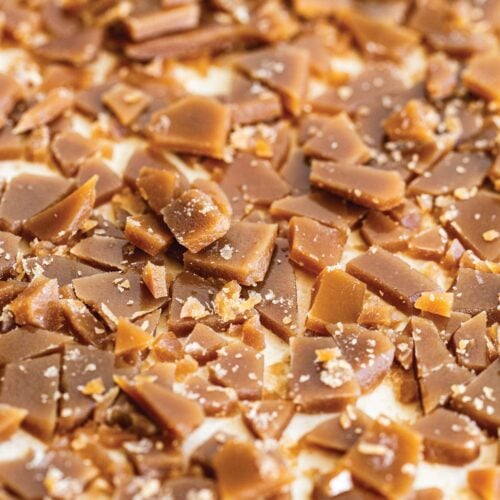
Homemade Toffee Bits
Ingredients
- 1 stick (113 grams) unsalted American butter*
- 1 cup (200 grams) light brown sugar
- 1 teaspoon fine salt
Instructions
- Line a small rimmed baking sheet with parchment paper or a silicone baking mat.
- In a heavy-bottomed small saucepan, melt the butter over medium heat. Add the sugar and salt and whisk vigorously for one minute until combined. Cook, stirring constantly, until the mixture looks like melted peanut butter and a candy thermometer reaches 295 to 305°F, about 10 minutes.
- If the mixture separates at all, remove from heat and whisk vigorously until recombined. Return to heat and continue cooking.
- Immediately and carefully pour the hot toffee onto the prepared baking pan, allowing it to spread into an even layer. Let cool and harden for about 20 minutes.
- Place the sheet of toffee on a cutting board or in a zip top bag. Use a mallet, rolling pin, or heavy object to crack it into small pieces. You can also cut into bits with a sharp serrated knife. Store in an airtight container for up to 1 week.
Recipe Notes
Photos by Ashley McLaughlin.

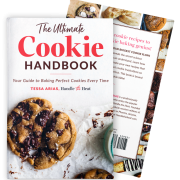
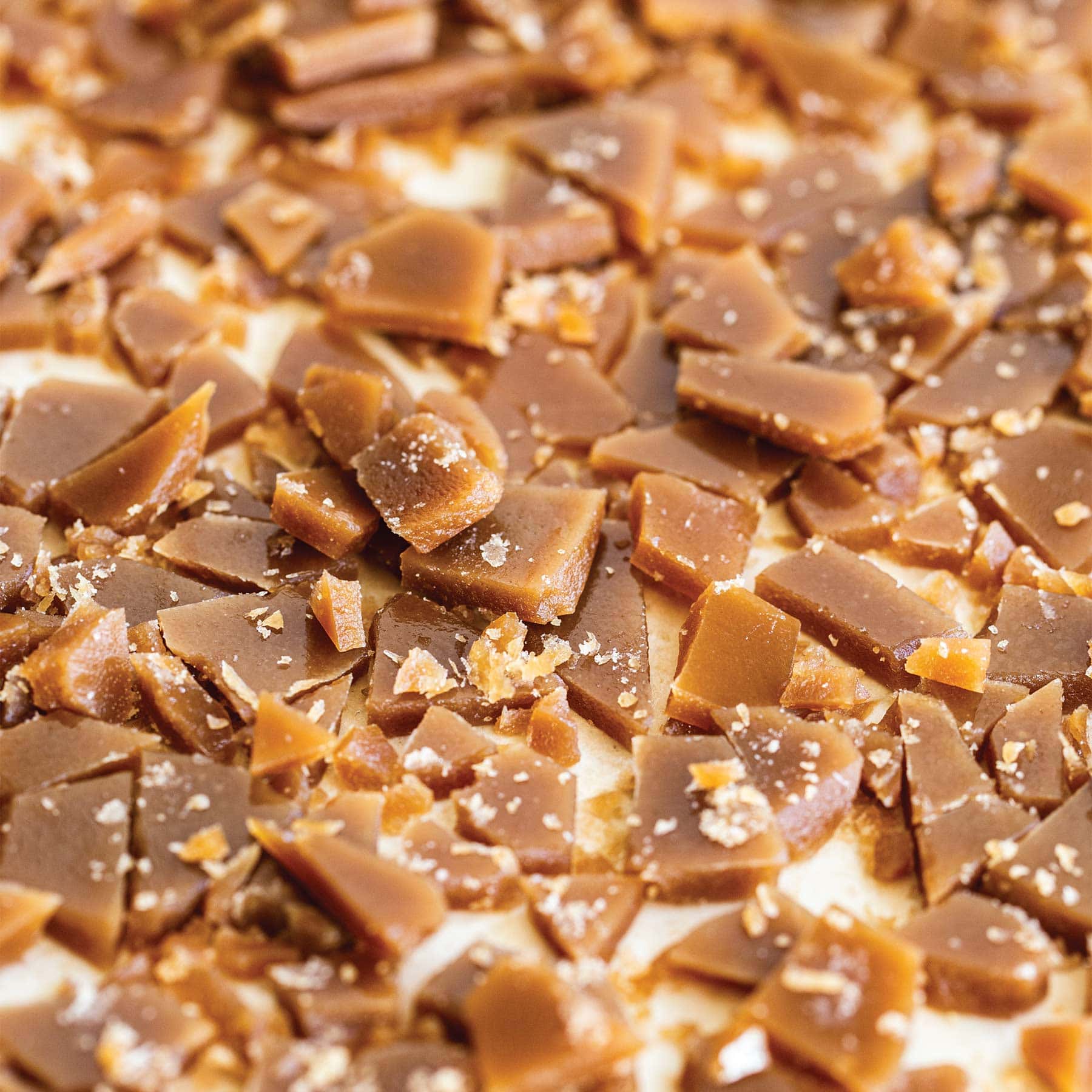





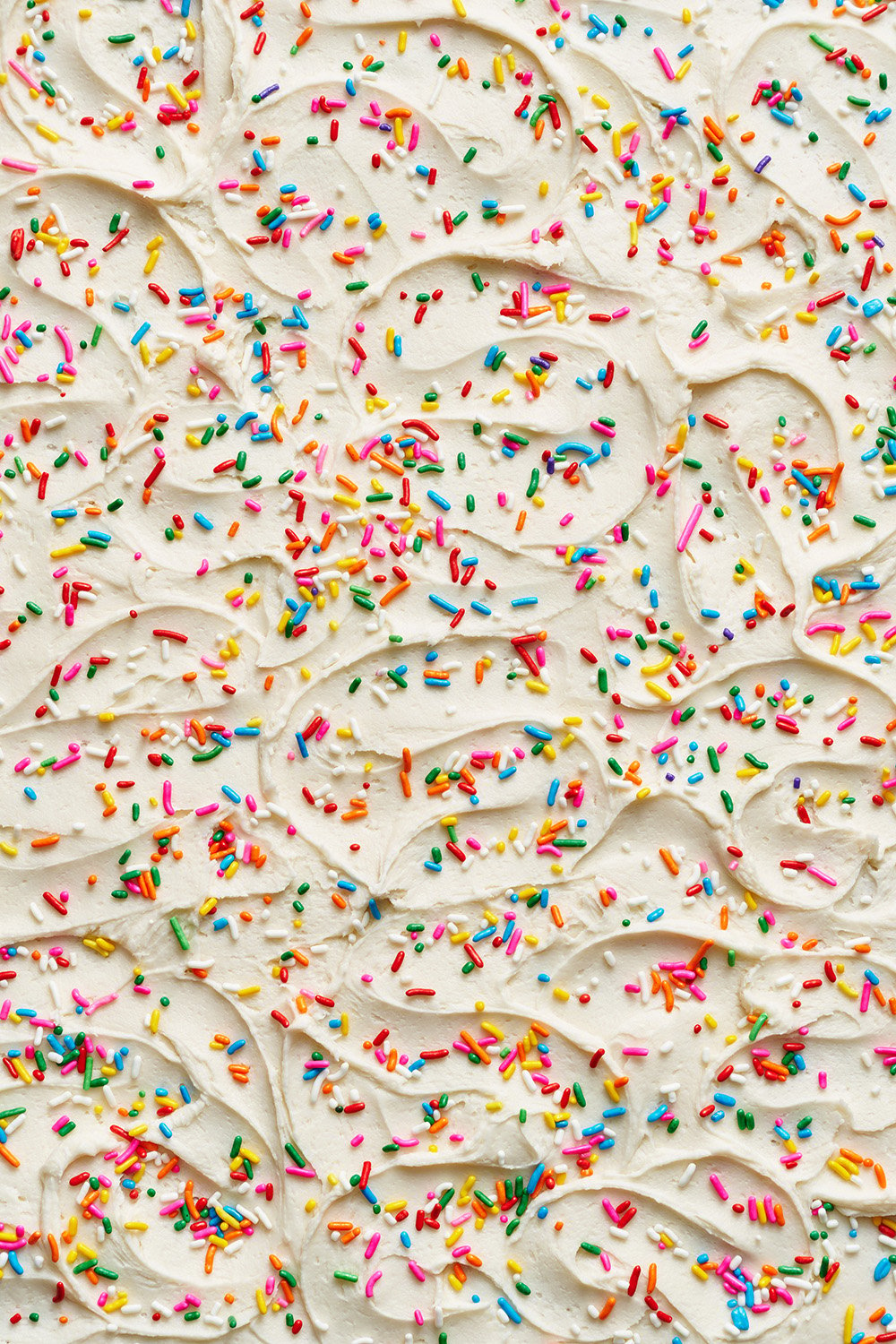
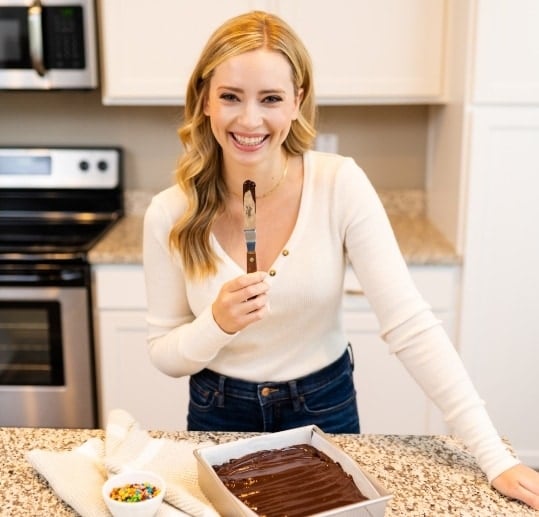

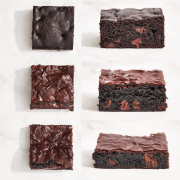
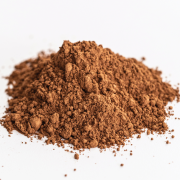
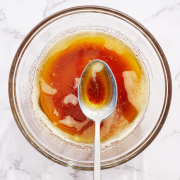
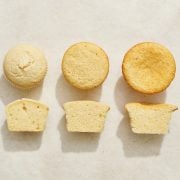

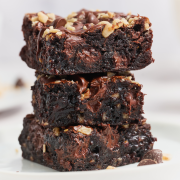
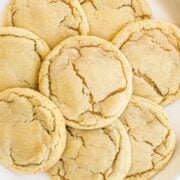
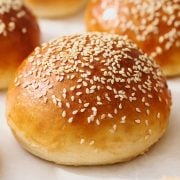








Do not use parchment paper. I repeat. Use a silicone baking mat. Not worth making a double batch then having it all stick to the paper. Great tasting recipe. Just doesn’t come off parchment paper very well.
Made these today with 82% butter fat butter (in Europe), and it worked perfectly (at least I think so?). Heated the mixture to maybe a bit higher than 305° f by accident, it didn’t separate and it set/hardened just fine.
Only thing is the cup and weight measurements didn’t match, so I went by weight (could therefore be I used more sugar than the recipe stated and that’s why it worked?).
Great recipe, really easy to make, and the toffee brown butter cookie dough is in the fridge chilling until tomorrow!
Thanks for sharing! 🙂
hi, I’m not from the US and can’t find american unsalted butter. is it possible to still use european or australian butter with some adjustments? thanks!
Unfortunately, we haven’t had success testing this recipe with European butter. I’d recommend searching for a toffee recipe that specifically calls for it.
i just made this with a mix of anchor brand (new Zealand) and lurpak brand (danish) butter, and some ambassador brand (french butter/margarine blend?) because I had only little amounts of each and it came out successfully! i took it off the heat once it reached 295F (used a thermometer this time), and I’m so glad it worked out since I tried making it without a candy thermometer last time and burnt it terribly lol. also I followed another commenter whose grandmother said to heat the mixture up really slowly when using European butter to make toffee and maybe that’s the key! thanks for the recipe 🙂
(forgot to mention i used the same measurements as the recipe states (in grams) and didn’t have to adjust any of the ratios)
That’s so great to hear!! I’ll share this with Tessa because it sounds like we need to update the blog post! Thanks so much for sharing your results 🙂
Hey Tessa!
Will these toffee bits re-melt and soften when added to a cookie recipe or do they stay hard and crunchy?
These will re-melt in the oven but solidify as the cookies cool, with a bit less crunch to them.
Does it stay crispy when you use it for a cookie recipe for exemple ? Or does it melt in the oven ?
These toffee bits melt a little in the oven but solidify while the cookies cool. You can see an example how they look after baking in the pics of our Browned Butter Toffee Chocolate Chip Cookies here. Highly recommend you try that cookie recipe, it’s an all-time fave 🙂 Enjoy!
I made the toffee, but for some reason it hasn’t hardened even after an hour. Its still soft and pliable, does that mean I it will not set at this point. Can i throw it back onto the stove and reheat it again?
Yes, it sounds like it didn’t get to a high enough temperature. Make sure to use a candy thermometer to check the temperature has achieved the correct set point. If you used one and still had this issue, you may need to calibrate it (google for instructions if you ned them!). If it’ll fit, you can try reheating and getting it back up to that temperature, though I haven’t given that a try myself. Good luck!
How are these toffee bits on your teeth? Do they stick or just break apart nicely?
Hi Shawn! They’re very similar in texture to a Heath Bar (and much better in flavor!). They break apart nicely but do stick just a bit, like a Heath Bar does. I hope that helps!
I made two batches of brown butter toffee chocolate chip cookies, and this toffee was enough for both batches and it is delicious.
This was sooo good. I’ll make it just to snack on. My family can’t wait for me to make more. I don’t have candy thermometer so I had to go by the given time. It came out perfect. How do you keep it from going hard so quick when you pour it? Is it best to use a spatula when pouring so you can get it all out? I didn’t have much time to spread it
Hi Adrienne! We’re so happy to hear that you and your family enjoyed the homemade toffee bits recipe! Using a candy thermometer can ensure that your mixture reaches the correct temperature, preventing it from hardening too quickly when you pour it out. Tessa recommends either this candy thermometer or the Thermopen for this purpose. It’s still important to work quickly when transferring your toffee to a parchment-lined baking sheet, and using a heat-resistant silicone spatula can greatly assist at the end, both to remove the toffee from the pan, and to spread it out quickly before it begins to set. I hope this helps! Enjoy your toffee! 🙂
Looks amazing! Can I pour into a pyrex to lower the risk of a mess + easier clean up?
Hi Cynthia! I wouldn’t recommend pouring the hot toffee into a Pyrex dish because it may be difficult to remove. Pouring the toffee directly onto a silicone mat, or on top of a parchment paper-lined baking sheet is your best bet – and the latter will make for super easy cleanup 🙂 I hope that helps! Let us know what you think of this toffee once you have given it a try!
I think I ate too many of the toffee bits after I made them. Sooo good; now have to make another batch to put into the brownies recipe!! lol